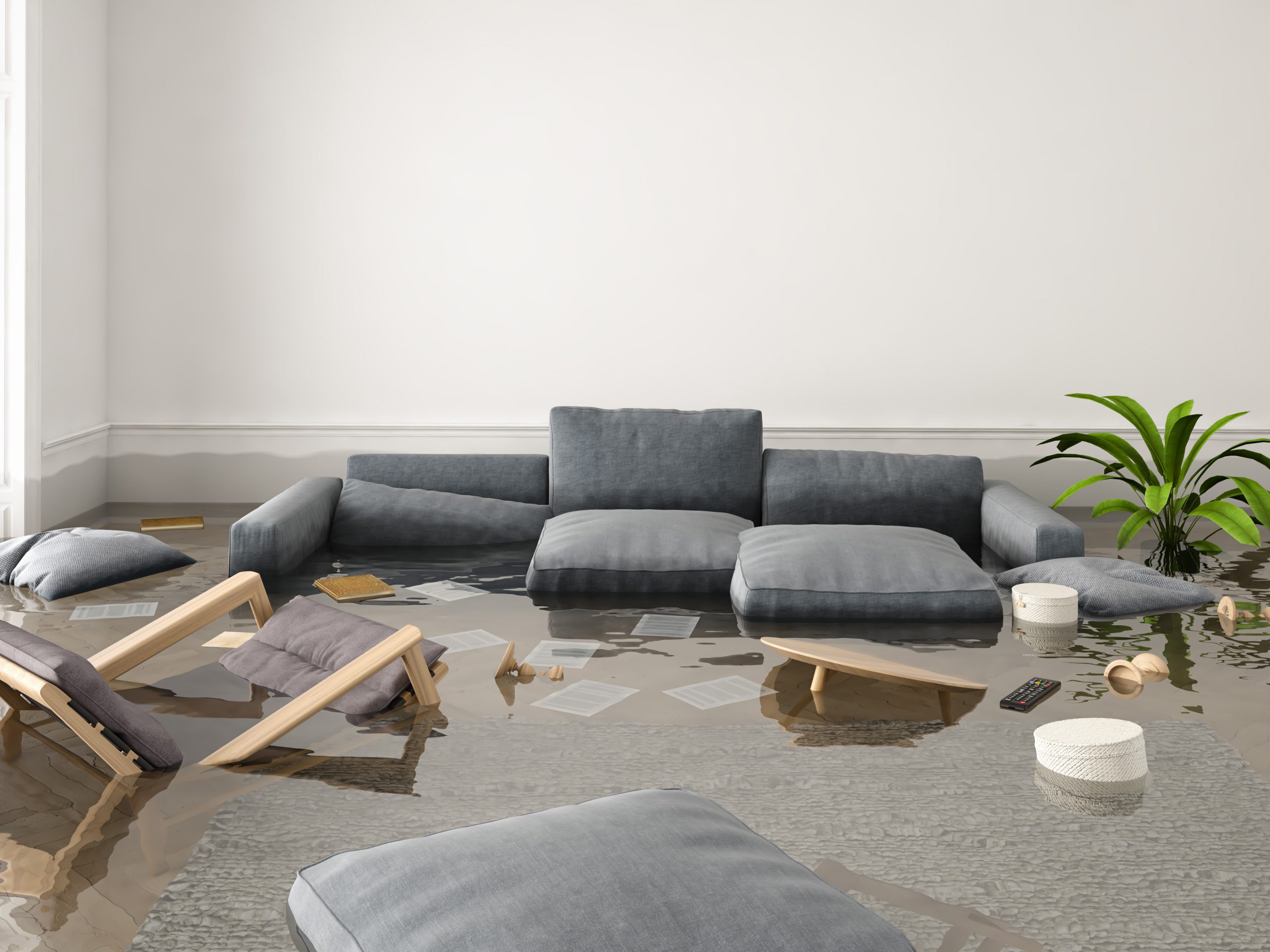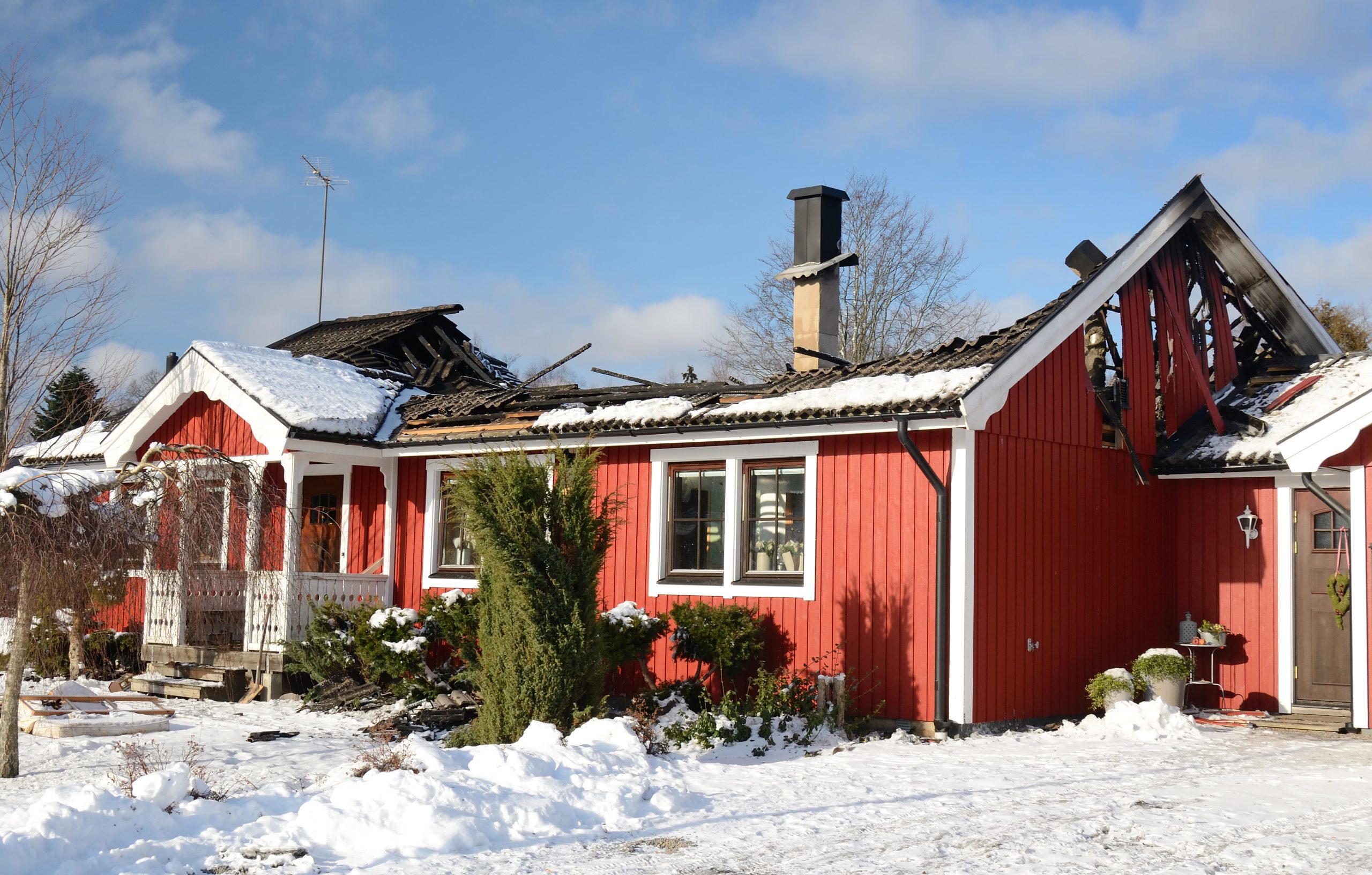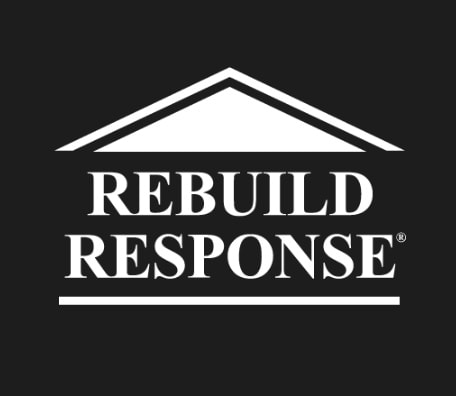When a large loss occurs, there is an immediate effort to estimate the cost and quantify the loss value. Two other congruent and critical items are: limiting liability and risk while mitigating further damage. Fencing, boarding up, early tear down or demolition of unstable structures, removing utility connection services, and onsite security certainly minimizes the additional risk of injury or associate liability. Mitigating further damage can be more involved when the four seasons in Canada impact a large loss site. Let’s analyze the four seasons in more detail to reflect on where the impact can be present:
SPRING
Groundwater is at its all-time high in spring (fall is second). If the property that has experienced a loss has a foundation or any area below grade or surface level, groundwater will likely infiltrate and flood or fill the space. Where sump pumps were previously in place and functioning, they certainly won’t maintain static levels without a supportive electrical supply.

Ensuring expedited assessment of temporary hydro availability and mechanical review of the pumping systems will mitigate further damage. If existing systems aren’t functioning adequately, they may require a new installation. Monitoring via physical presence and site management could be an added requirement to a site as well.
Spring often brings more rain days, which can be another damaging element from above vs. the groundwater from below. If the roof overhead is still relatively intact, professional and proper tarping should be installed as soon as possible. Ongoing monitoring of the roofing mitigation is required to assess if wind damage impacts the emergency work applied. This approach is not an absolute waterproof guarantee but can certainly save from further interior damage to the structure and any contents yet to be removed.
Frost and below zero degrees celsius temps are less likely, yet should be monitored if an unusual dip in temps is forecasted. As will be discussed in the winter season section, frost can add significant damage to a structure that is not heated.
SUMMER
If there is the best season to have a structure exposed to the outdoor elements, it is summer. Common sense applies here; however, one main general point would be extensive sun and heat can do damage as well. Sun, ultraviolet radiation, and heat exposure can negatively impact interior products and finishes that weren’t totally destroyed from the claim event. Being sensitive to those areas can easily be protected without much effort or cost.
Thunderstorms typical in the humid heat will easily “outperform” the spring rains in just a short cloudburst. Treating any roof structure with essential tarping is still a critical intervention that often can be forgotten or dismissed, just because summer is the season at hand.
Although heating the interior is not a concern, assessing the sump pump and supportive basement or below grade function should still be reviewed to play it safe.
FALL
The comfort of recent summer temperatures and climate often drift into the autumn months and can often keep our awareness of protecting a structure that suffered a large loss to a bare minimum.
Quickly, an October week of rain and sometimes a dip in temperatures below freezing will catch construction sites and claim losses off guard. Bracing for and thinking about upcoming, deteriorating conditions will minimize the “knee-jerk” reactions to hustle out and protect an exposed structure.
Caution should be applied if and when a contractor states they can assertively complete the work, either repair or rebuild, anticipating to avoid the colder and wet conditions to come in late fall to early winter. Often delays in approvals, admin issues, and permit timelines can unusually extend completion dates. These delays can then impact the overall project, both practically and financially. *Note the “groundwater” issues outlined in the Spring season section.
WINTER
This season is likely the worst of the four seasons when a large loss occurs. Common sense, again, tells us that the freezing temperatures, mixed with snow, ice and rain, raise the most risk and potential property damage.

No delay can occur when the claim notification rolls into the adjuster or emergency restoration company responding.
Immediate consideration needs to be made for temporary heating, foundation protection, and structural mitigation. Yes, content protection is essential too, but if the foundation or structural elements of a property weren’t actually damaged from the “act of God” or fire damage, certainly the exposure to freezing temps can sustain significant additional impact and costs related to the overall loss. This sensitivity requires a team effort of analysis both from engineers and contractors jointly, effectively supported by solid adjusting administration. Further mitigation to prevent the snow, ice, and rain damage should be pursued afterwards or congruently at best.
SUMMARY
Expedited content removal in all four seasons is imperative to avoid any negative seasonal or climate impact. This effort reflects top-level professional care of the loss to the insurer and the insured. There is a monetary side to mitigating further damage for the insurer, but perhaps, more importantly, a significant sentimental value from the insured’s point of view.
Humidity control is important on the interior of any structure, if at all possible. Subsequent mould development can result soon after high levels of moisture remain untreated. Ongoing monitoring and recording of mitigation efforts are beneficial, especially if the insured is closely reviewing the site conditions.
Be sensitive to any pre-existing conditions that revealed damage or environmental issues. If there is any evidence of cracks in the foundation or structure, mould, or water damages, photos and notes must be accurately taken immediately. This information will play a large part in understanding what is required to be fixed, by whom, and at whose expense.
When policyholders and insurers are on opposite sides of the “fence”, the initial findings are typically the key pieces to resolving a matter like this.
Where mould or other health hazard conditions are noted either immediately or after a structure has been exposed to the elements, proper equipment needs to be installed and worn while accessing the property. Although humidity control and air moving may be occurring, it is still vital to be diligent with personal protection.
Communication and documentation are critical aspects of working with a challenging site, especially when the seasonal climate factors affect it. Being able to navigate all the issues expeditiously and professionally is directly proportional to how the claim will often unfold with the policyholder and the insurer.
If you’ve experienced a large property loss and are looking for a trustworthy builder, contact us. Rebuild Response® is the only contracting company with specialized services to the rebuild process across Ontario. With over 50 years of combined building experience, you will understand why the insurance industry has relied on Rebuild Response® for the past decade.








